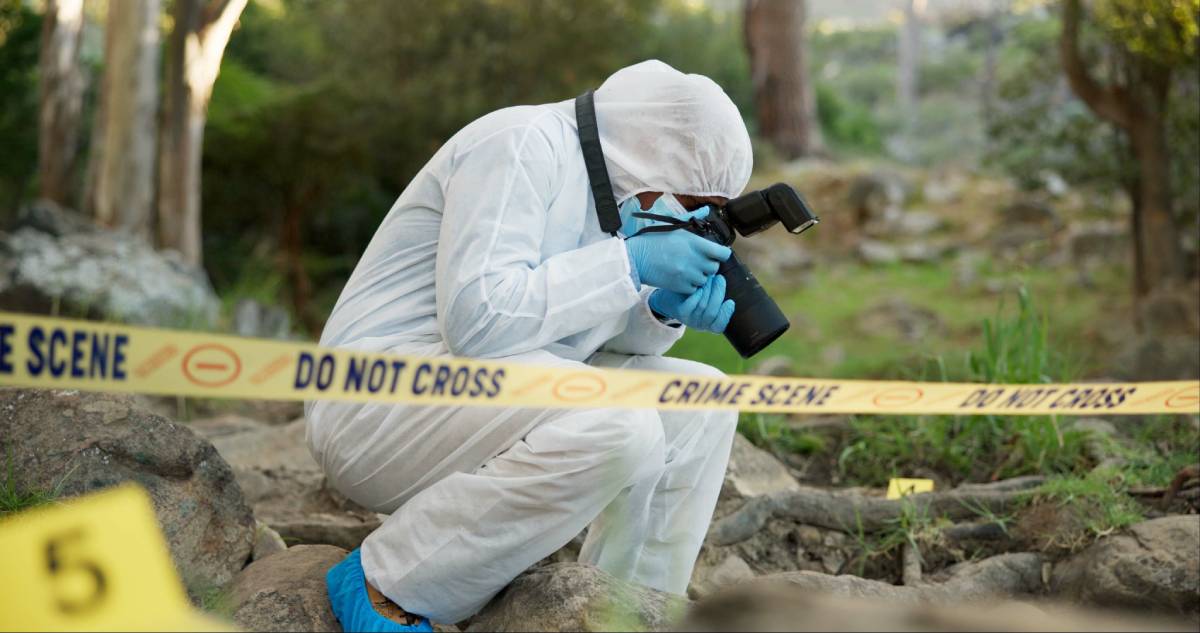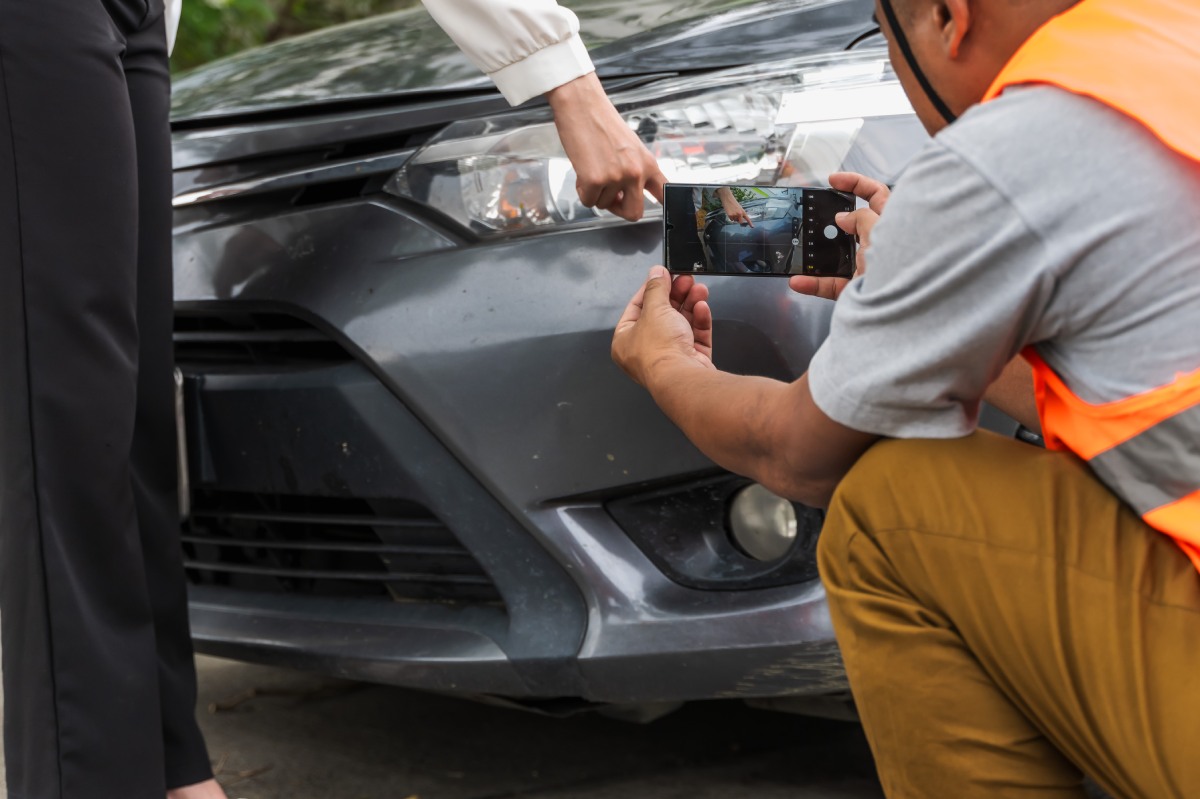Evidence Collection

Evidence is important to the outcome of your case
As a personal injury victim, the best action you can take is to collect evidence that strongly supports your claim. Without substantial evidence, you risk losing compensation for your injuries, damages, and emotional suffering.
At Legal Help in Colorado, we understand how challenging it is to deal with the aftermath of a personal injury, especially when someone else is at fault. However, if you follow our recommended strategies for gathering evidence, we believe justice will prevail for you and anyone else affected by the incident.
Why do I need to collect evidence?
Victims of personal injury can share their verbal testimonies, but these statements alone are not sufficient to win cases in court. You need evidence that demonstrates your lack of fault and clearly outlines the extent of your injuries.
Evidence plays a crucial role in the legal realm, providing a clear picture of what happened during the incident. It helps the judge and jury understand the facts of the case.
In personal injury cases, evidence is used to determine who was responsible for the incident. Photographs of the scene, eyewitness statements, video footage, and other evidence can clarify events, even if there are conflicting stories between the plaintiff and defendant.
Evidence is also essential in proving the extent of damages suffered. Medical records, documentation of lost wages, and other paperwork establish the amount of compensation a victim should receive.
Without proper evidence, many personal injury cases do not resolve in a way that is most favorable to the victim.
Types of evidence used in
personal injury cases
Many types of evidence can be collected and used in a personal injury claim. These evidence collection forms can include physical evidence, documents and records, and personal testimonies.
Many types of evidence can be collected and used in a personal injury claim. These evidence collection forms can include physical evidence, documents and records, and personal testimonies.
Physical evidence collection can take many forms and includes all tangible elements from the scene. This type of evidence provides a clear, indisputable account of what occurred, making it a critical component in proving fault and the extent of damages in personal injury cases.
Examples of physical evidence in personal injury cases include:
- Damage to property, such as vehicles, buildings, or personal belongings
- Skid marks, footprints, or other visible remnants of the incident
- Photo or video footage from surveillance cameras
- Damaged objects, including trees, signs, or posts
Other types of evidence include:
Witness testimony
Witness testimony can significantly strengthen a personal injury case. A credible witness who saw the incident and has no personal connection to the parties involved can provide powerful evidence in your favor. After the accident, collect names and contact information from any witnesses. If you can't do this yourself, ask a passenger or family member to assist.
Medical records
Medical records are crucial in countering attempts by insurance companies or defendants to downplay your injuries. Documenting your medical treatment and costs provides undeniable evidence supporting your personal injury claim. Always request a copy of your medical records for evidence collection.
Police reports
Always report an accident to the police, no matter how minor it seems. The responding officer will document the incident, creating an objective police report that can be critical for your personal injury case. This report typically includes the date, time, location, and details of the accident, along with statements from those involved and witnesses.
What other types of damages can I collect in a personal injury case?
In addition to evidence of the incident, you can also collect evidence for special and general damages. Special or economic damages are tangible losses that can’t be calculated in monetary terms (dollars). General or non-economic damages are a type of intangible losses that are not easily quantifiable in monetary terms.
Special Damages
Special or economic damages are tangible losses that can’t be calculated in monetary terms (dollars).
Some damages that fall under this category include:
- Medical expenses
- Medical records
- Lost income and opportunities
- Vehicle damage
- Repair bills
General Damages
General or non-economic damages are intangible losses that are not easily quantifiable in dollars.
They can include:
- Emotional distress
- Pain and suffering
- Loss of companionship (wrongful death cases)
- Loss of enjoyment
- Lower quality of life
How Legal Help in Colorado can aid your evidence collection
As an established personal injury law firm, Legal Help in Colorado is dedicated to helping you win your case. We bring our proven track record and years of experience to support you throughout your legal battle.
We understand that personal injury cases often hinge on solid evidence. We relentlessly pursue every lead to gather all necessary evidence to support your claim. This includes accident reports, eyewitness statements, and other critical evidence you may not have considered.
Depending on your case specifics, Legal Help in Colorado can assist with evidence collection by:
- Employing accident reconstruction experts to recreate the accident scenario
- Consulting medical experts to testify about the extent and impact of injuries
- Retrieving data from event data recorders in newer vehicles
- Investigating unknown details, such as identifying drivers in hit-and-run cases

Knowledgeable. Compassionate. Dedicated.
We are your personal injury team.
Available 24/7 to take your call: (720) 743-3682